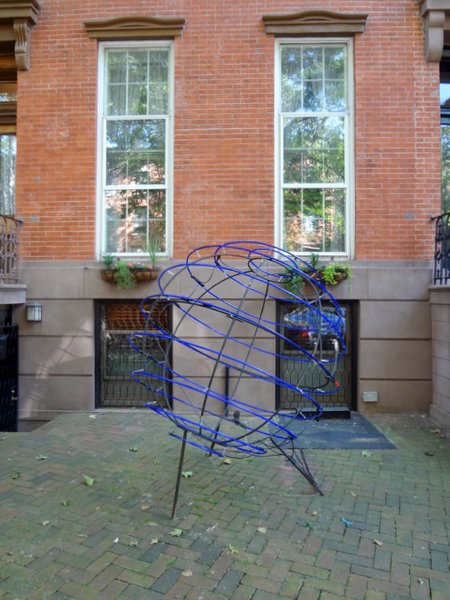This short list of “Pixar Story Rules” from Pixar story artist Emma Coats offers a fun look into the mind of a story-teller, as well as a surprising source of mathematical problem-solving and teaching advice!
These particular story rules sound remarkably similar to techniques of mathematical exploration.
#7 Come up with your ending before you figure out your middle.
#9 When you’re stuck, make a list of what WOULDN’T happen next.
#10 Pull apart the stories you like.
#11 Putting it on paper lets you start fixing it.
#20 Exercise: take the building blocks of a movie you dislike. How would you rearrange them into what you DO like?
Working backwards, proof by contradiction, taking apart things you understand and trying to put them back together, getting your hands dirty by working out the details–these are all common and useful techniques in exploring and understanding mathematical ideas.
And as a friend pointed out, writing a story is indeed a kind of problem-solving; maybe it’s not so surprising how much that process shares in common with mathematics.
And as a teacher, the following two really resonate, for obvious reasons!
#2 You gotta keep in mind what’s interesting to you as an audience, not what’s fun to do as a writer. They can be very different.
#1 You admire a character for trying more than for their successes.


